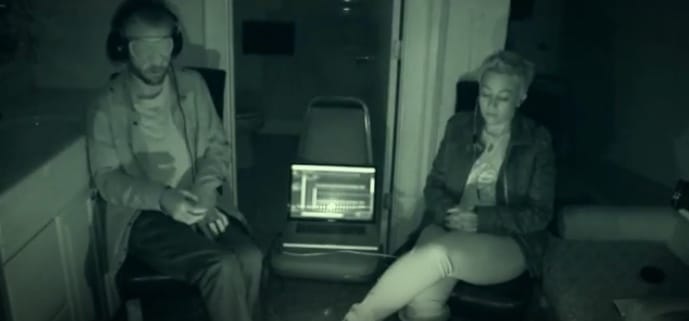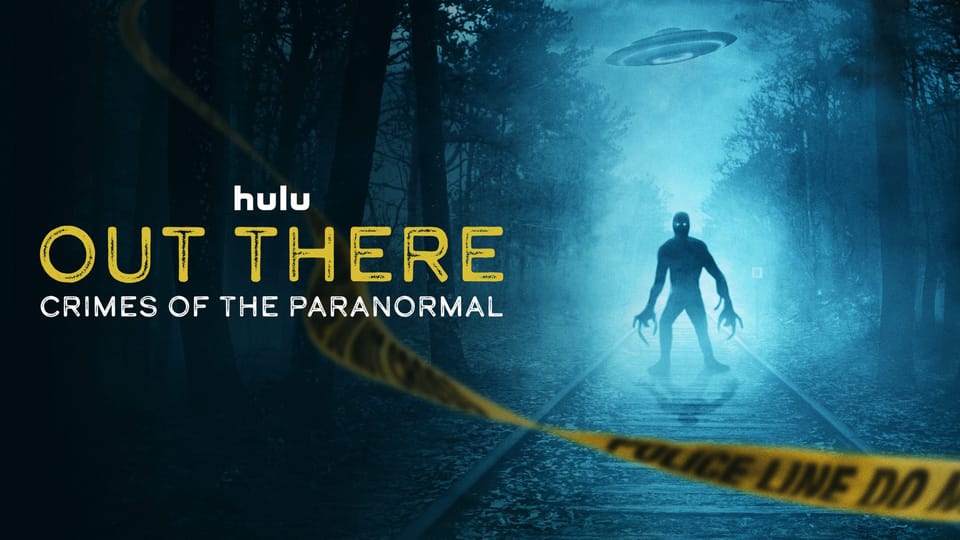The concept of the paranormal, of energy or forces beyond what we immediately see and hear, has always fascinated me. That interest has always drawn me toward shows about ghost hunting and paranormal investigations.
Most recently, I’ve been captivated by Hellier, a show focused on a team of investigators are asked to look into a strange case of Kentucky goblins — only to have the investigation spiral off into profoundly weirder territory (which Cassandra Rose Clarke does an excellent job of discussing in her essay on the show).
Hellier is primarily focused on long-term investigation, with the team digging deeper and deeper into the mysteries they face. That drive to research leads to reading and viewing books and media about a variety of subjects—something I personally find inspiring.
All of this is a roundabout way of saying that Hellier inspired me to dive into the brief YouTube series, Spirits of the Stanley.
Two of the investigators in Hellier, Karl Pfeiffer and Connor Randall, began their work as paranormal investigators at the Stanley Hotel in Estes Park, Colorado, a site well known for having paranormal activity and for being the inspiration for Stephen King’s The Shinning. From the period of 2009 to 2016, the hotel hosted five-hour paranormal investigations for the public, which Pfeiffer and Randall participated in as guides.
During their time at the Stanley, Pfeiffer and Randall, along with fellow investigator Michelle Tate, held their own private investigations of the paranormal activities at the site. These investigations were filmed and became the subject of the series, Spirits of the Stanley.
Featuring seven episodes (broken into two to three ten minute parts), Spirits of the Stanley begins as a fairly standard ghost investigation show, involving explorations of the hotel in the dark of night (either as a team or individually), in which the researchers listen for voices or hope for visual manifestations.
Unlike a number of teams who are brought in for a night or few, Pfeiffer, Randall, and Tate have worked at the hotel for over the course of months and years, garnering them an intimate knowledge of the location’s environment. With a deeper understanding of the natural sounds and conditions within the building, the team has en easier time recognizing whether what they are experiencing is out of the ordinary. As a result, the team stays fairly grounded — presenting their evidence and experiences, while often admitting that they can’t prove that what they experienced was actually a ghost.
One of the most interesting elements of the show is how they approached experimentation in their investigations, straying away from tradition methods to develop a new paranormal investigation technique. Known as the Estes method (which is also used later in Hellier), this technique implements a common investigation tool, the spirit box, in a unique way.

A spirit box is essentially device that works like a broken radio, cycling through radio frequencies at a such a rapid rate that the stations are unintelligible. An investigation team will generally play the spirit box aloud and ask questions of the ghosts. If a coherent phrase comes through the box, it could mean that the ghost has responded — or that’s what some believe.
The spirit box has been criticized due to its susceptibility to group bias. Hearing the sounds aloud, it’s easy enough for people to hear what they want to hear, and for the excitement of a “response” to be carried away by the group.
The Estes method is an attempt to combat that bias. Instead of the entire group, a single person — using noise cancelling headphones — listens to the spirit box. Unable to hear the questions asked, they say the words they hear, with rather interesting results.
Spirits of the Stanley presents three different experiments with the Estes method with varying outcomes. Although I’m not sure it entirely removes the risk of group bias, it is certainly fascinating to watch the process of the team exploring and experimenting with the method.
Note: This post was first published on Medium on January 13, 2021.




